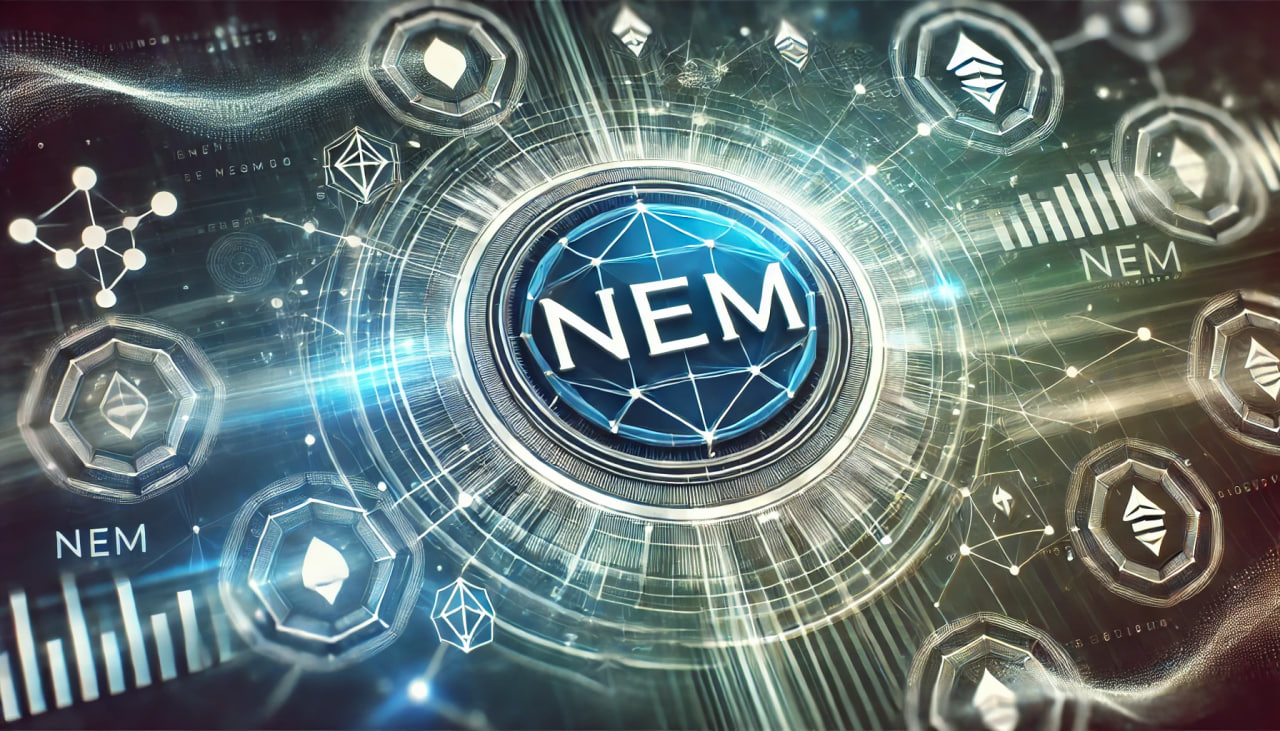In the world of cryptocurrencies, there is never a shortage of consensus algorithms. In addition to the well-known Proof of Work (PoW) and Proof of Stake (PoS), there are many other algorithms, each with its own specificity and application area. One such unique algorithm is Proof-of-Importance (PoI). This algorithm was developed to address some of the issues inherent in other consensus methods and offers a more flexible and comprehensive approach to transaction validation in the network.
Proof-of-Importance evaluates the contributions of network participants not only based on the number of coins held (as PoS does), but also on other parameters such as network activity, transaction frequency, and volume. This incentivizes participants to use the network more actively and maintain its health.

The Concept of Proof-of-Importance
Proof-of-Importance is an innovative consensus algorithm that determines which nodes in the network have the right to add new blocks to the blockchain. This algorithm was designed to eliminate two main drawbacks inherent in Proof of Stake (PoS).
- In PoS, the more coins a user holds in staking, the higher their chances of adding a block and receiving a reward. This leads to participants with large capital having an advantage, which can result in network centralization around a few large stakers.
- PoS encourages participants to keep their coins in staking, which can be counterproductive. It stimulates users to freeze their assets instead of actively using them, which can reduce liquidity and overall network activity.
The Proof-of-Importance algorithm addresses these issues by assigning each miner an "importance score." This score takes into account not only the number of coins in staking, but also the participant's activity in the network, transaction volume and frequency, as well as their interaction with other nodes.
Thus, a miner with a high importance score has a better chance of obtaining the right to add new blocks and receiving rewards for it.
This approach helps maintain a balance between large and small participants, encouraging active participation in the network's life and reducing the risk of centralization. As a result, PoI creates a more dynamic and decentralized ecosystem, where not only financial investments but also contributions to the development and maintenance of the network are valued.
How PoI Works
Let's consider the mechanism of Proof of Importance (PoI) using the NEM blockchain as an example. PoI is built around factors that reflect each person's level of participation and contribution to the network. These factors together form an importance score.
To fully understand how the Proof of Importance consensus works, it's essential to detail the key terms and mechanics.
Vesting is the process of determining the amount of XEM held in a wallet that is eligible to participate in the PoI consensus.
How Vesting Works:
- When a person initially deposits XEM into their account, no coins are immediately vested.
- After 24 hours, 10% of the balance becomes vested.
- The cycle continues every 24 hours as long as XEM remains in the wallet.
The Proof of Importance (PoI) consensus algorithm in the NEM blockchain uses several key factors to evaluate the importance of each account. These factors include vesting, transaction partnerships, and transactional activity. Vesting determines the amount of XEM that has undergone a holding period and can participate in the consensus. Transaction partnerships consider the account's interactions with other network users, and transactional activity measures the number and volume of transactions over the past 30 days. Together, these three components form an importance score that affects the distribution of block rewards, known as harvesting.
| Time in Wallet | Percentage of Vested Coins |
|---|---|
| 24 hours | 10% |
| 48 hours | 20% |
| 72 hours | 30% |
If a user makes a transaction, both vested and unvested coins are used, maintaining their proportion.
XEM that has not undergone the vesting period cannot contribute to the importance score.
Transaction Partnerships – another crucial factor for evaluating importance. It considers the account's relationships with other partners in the network. An account that actively interacts with others will receive a higher score.
Transactional Activity – the number and size of transactions conducted by the user over the past 30 days. The higher the activity, the higher the importance score.
Together, these three factors (vesting, partnerships, and activity) form the importance score of accounts. This score plays a key role in the distribution of block rewards, which are limited to transaction fees.
Harvesting
In the context of PoI, this is called "Harvesting." It is the process of adding new blocks to the blockchain and receiving rewards. The higher the user's importance score, the more likely they are to receive a reward. To participate in harvesting, a user needs to vest 10,000 XEM.
Thus, the Proof of Importance algorithm ensures a fairer distribution of opportunities and rewards among network participants, encouraging active interaction and support for the decentralized ecosystem. This approach helps prevent centralization and maintain high network activity, benefiting all participants.
The NEM Blockchain
Proof-of-Importance (PoI) was developed in 2015 specifically for the NEM project — New Economy Movement.
NEM was created as a ready-to-use blockchain solution for businesses, providing tools and technologies for implementing various applications. Its plugins for smart contracts allow the creation of highly secure digital assets and reliable reporting systems, making it attractive for enterprises looking to integrate blockchain technology into their operations.

One of the key features of the NEM blockchain is its flexibility and modularity. This allows developers to create and deploy a variety of applications, such as decentralized finance platforms (DeFi), non-fungible tokens (NFT), and supply chain management systems. NEM also has its own language for creating smart contracts — NEMLight, which simplifies the development process and ensures a high degree of security.
Additionally, NEM has a native cryptocurrency — XEM. This currency is used for transactions, paying fees, and receiving rewards within the ecosystem. The maximum supply of coins is 8,999,999,999 XEM, which guarantees no inflation and stability in value.
Thus, the NEM blockchain offers powerful and flexible tools for creating a variety of business applications, ensuring a high level of security and reliability.
The native cryptocurrency of the NEM network, XEM, plays a key role in the ecosystem, ensuring the execution of transactions, payment of fees, and receipt of rewards. The limited maximum supply of 8,999,999,999 XEM guarantees no inflation and value stability, fostering trust among network users.
Overall, the NEM blockchain is a powerful tool for businesses, offering high security, flexibility, and reliability. These characteristics make it an excellent choice for creating modern and innovative applications that can transform business operations in various industries.
Proof-of-Importance (PoI) is an innovative and very interesting consensus algorithm aimed at stimulating transactional activity in the blockchain. This algorithm represents an attempt to rethink and improve the Proof of Stake (PoS) model, giving it more vitality and dynamism. In PoI, the focus shifts from traditional staking, not excluding it entirely but transforming it through the mechanism of «vesting», to user activity in the network. This approach not only maintains the security of the network but also encourages participants to actively use the blockchain, conducting more transactions and interacting with other ecosystem participants.




